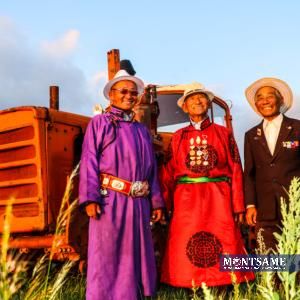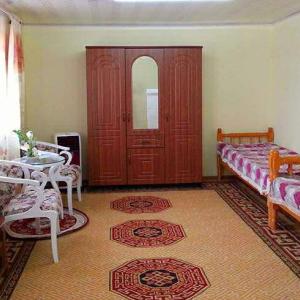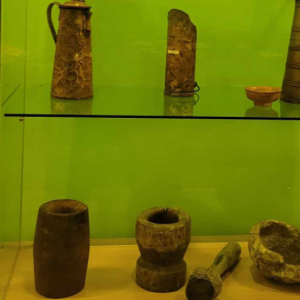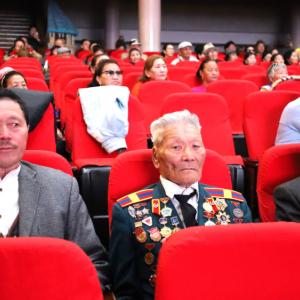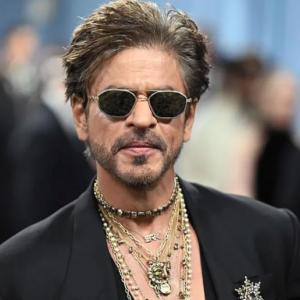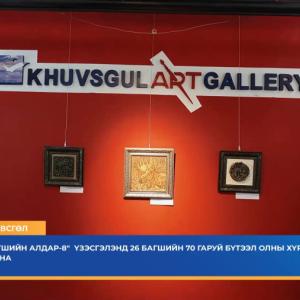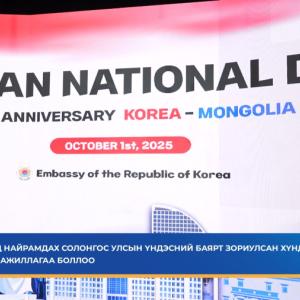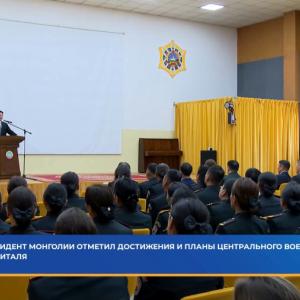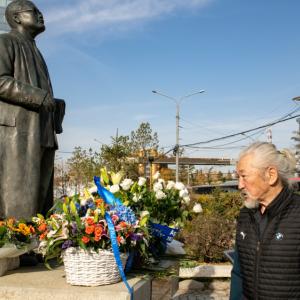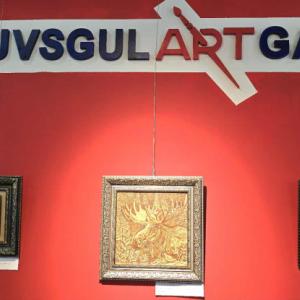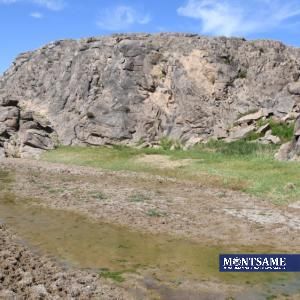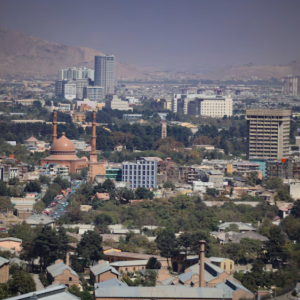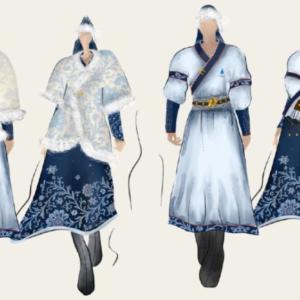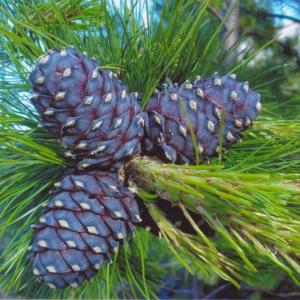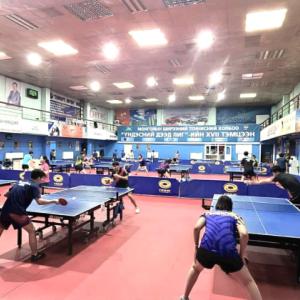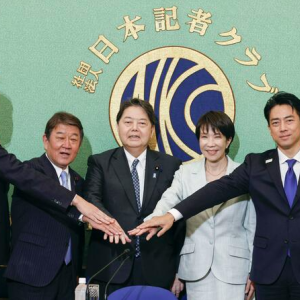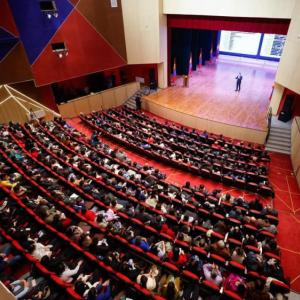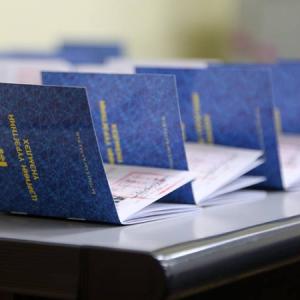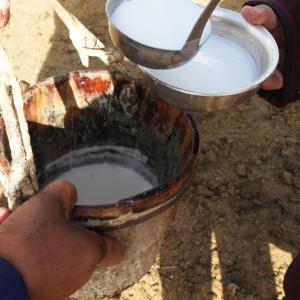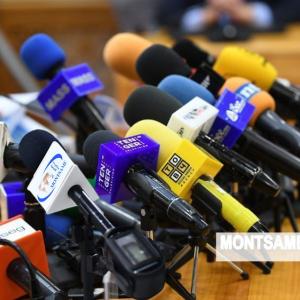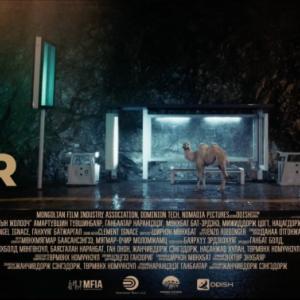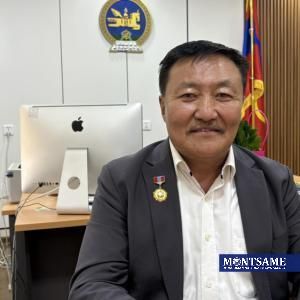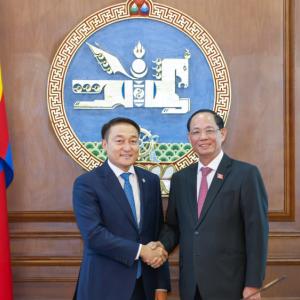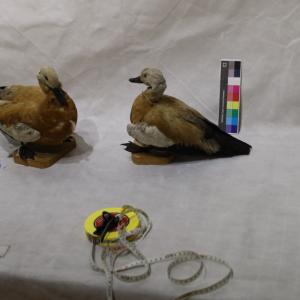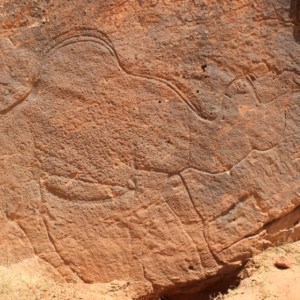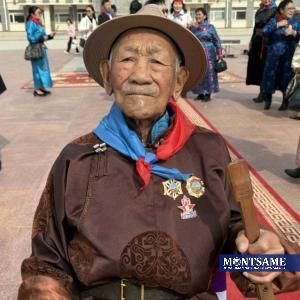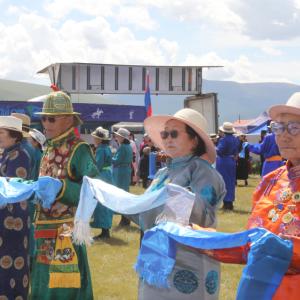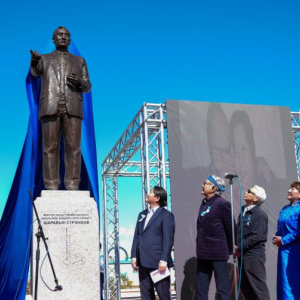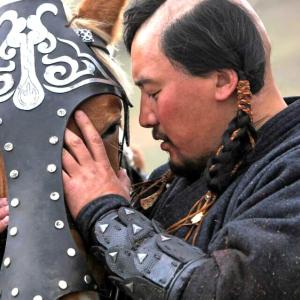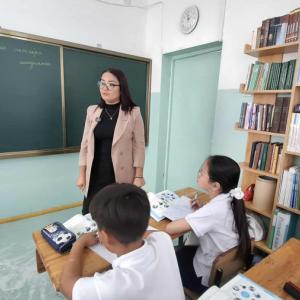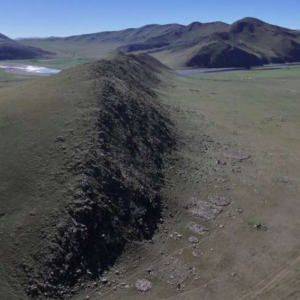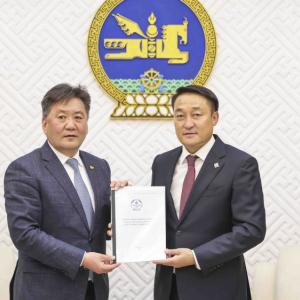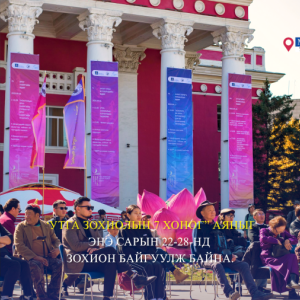P. Baigalmaa: "Undur Gegeen Zanabazar's White Tara is not a Mere Sculpture, but a Living and Breathing Artistic Figure"
Art & Culture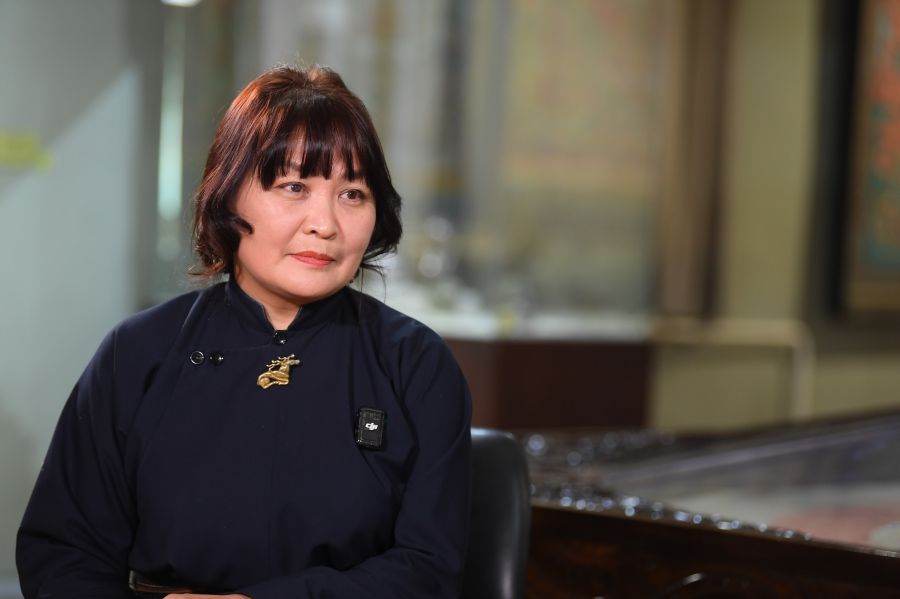
Ulaanbaatar, July 31, 2025 /MONTSAME/. The year 2025 marks the 390th anniversary of the birth of Undur Gegeen Zanabazar, astute statesman, spiritual leader, artist, and scholar, who left an indelible mark on the Mongol state, culture, and religion. To explore the enduring legacy and craftsmanship of this revered figure, the First Bogdo Jebtsundamba Khutugtu and the father of Mongol fine arts, MONTSAME Mongolian National News Agency spoke with Dr. Baigalmaa Purevsukh, Director of Zanabazar Museum of Fine Arts.
-This year commemorates the 390th anniversary of the birth of a Mongol unequaled genius, Undur Gegeen Zanabazar. What notable works are preserved at the museum that bear this Holy Man’s authorship?
The Zanabazar Museum of Fine Arts
holds a rich collection of masterpieces and handicrafts of the Undur Gegeen
Zanabazar school. Among the most revered are original works by Zanabazar
himself, including “White Tara,” four of the “Five Dhyani Buddhas,” “Bodhi
Stupa,” “Maitreya,” “Manjughosha,” or “The Gentle Voice,” and “Portrait of
Mother Khandjamts.” The Museum also displays numerous images of Zanabazar in
various forms - clay, cast metal, thangkas, appliqué, and woodblock prints - a
part of its treasured exhibits. In addition to creations of the great Master,
we house pieces by his disciples, all created in the distinctive style of the Zanabazar
school.
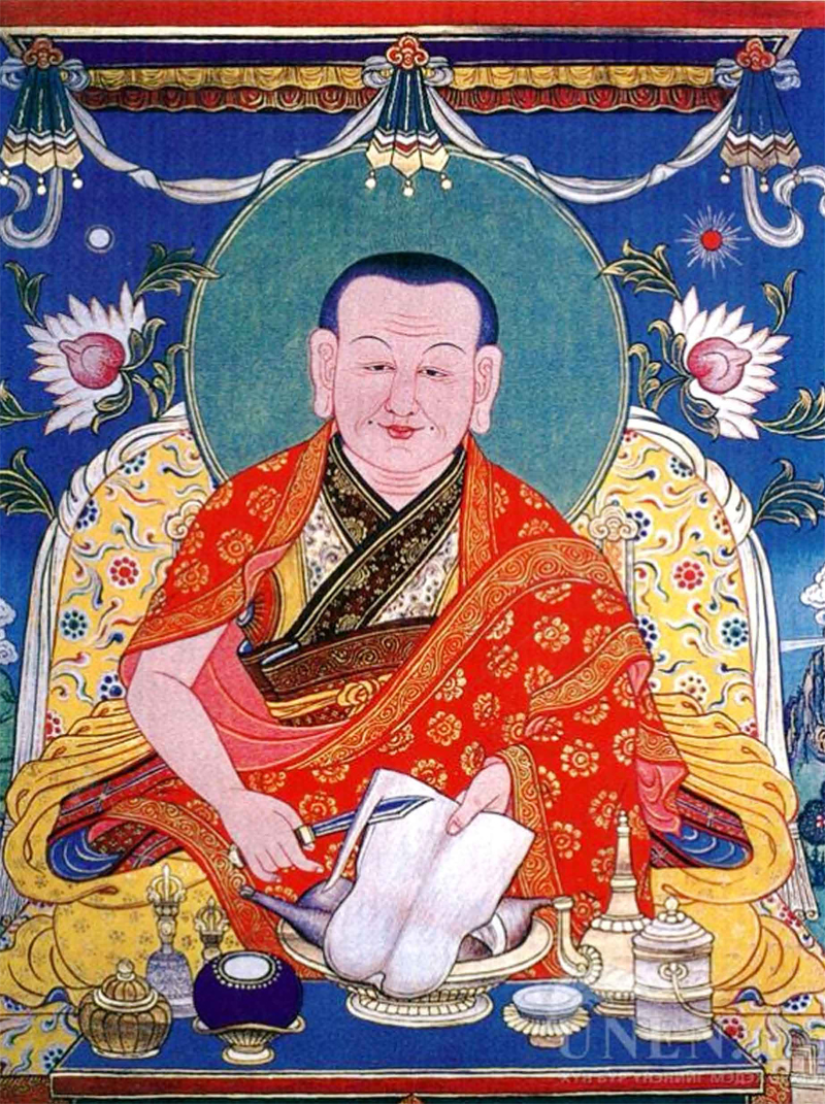 -When Zanabazar’s works were
exhibited at the Louvre Museum in Paris, French newspapers hailed him as “The
Great Zanabazar.” This highlighted his extraordinary talent on par with
historical virtuosos like Leonardo da Vinci. What sets his artistic genius
apart?
-When Zanabazar’s works were
exhibited at the Louvre Museum in Paris, French newspapers hailed him as “The
Great Zanabazar.” This highlighted his extraordinary talent on par with
historical virtuosos like Leonardo da Vinci. What sets his artistic genius
apart?
There is much to be said about the miracle of Zanabazar’s craftsmanship. In 1993, an exhibition of Mongolia’s finest artworks was held in France, where “Green Tara” by Zanabazar was put on display. At that time, the exhibition created quite a stir in the French press and drew reviews and evaluations from art critics and scholars. “Green Tara,” “Vajra Tara,” and “White Tara” by Undur Gegeen are considered not just masterpieces of Mongol art, but irreplaceable treasures of Buddhism’s global visual heritage. Following the Louvre exhibition, international experts dubbed his works the “Asian Madonna.” This attests to the fact that Zanabazar’s creations are not only treasures of Mongolia but masterpieces of Asian, Oriental, and even global art, comparable to the works of Renaissance legends like Leonardo da Vinci and Michelangelo.
There are special teachings on human body
proportions in the “Tanjur” scriptures. Specifically, Ancient Indian treatises
such as “Pratimalakshana” and “Chitralakshana” laid out the iconometric principles
for depicting deities. Based on such treatises, Zanabazar followed the “Dashatala” or “Ten Palms” proportion
system. This reflects that Undur Gegeen Zanabazar was not only a master of
Mongol art but also of Oriental classical art principles. What truly
distinguishes him is how he creatively transcended these canonical rules. Undur
Gegeen Zanabazar reinterpreted classical Indian, Tibetan, and Nepalese art
through a Mongol lens, infusing his works with the national artistic identity,
customs, and aspirations of the Mongols. In doing so, Zanabazar laid the
foundation for a distinctly Mongol school of Buddhist art. It is also fully
justified to acknowledge him as the pioneer of bronze casting in Mongol
craftsmanship.
-Could you give an example of the exquisite craftsmanship
in Zanabazar’s works?
Every element of
Zanabazar’s sculptures - body proportions, aesthetic qualities, facial
expressions, hand gestures, elegance, attire, and ornamentation - is rendered
with meticulous care.
Works such as “Green Tara,” “White Tara,” “The Five Dhyani Buddhas,” and “Vajra Tara” are rightfully considered among the rarest and finest examples of classical sculpture art worldwide.
His art is not just
about form. Zanabazar’s sculptures radiate spiritual presence and emotional
depth, which evoke reverence in spectators, inviting them to experience
Buddhist philosophy through visual art. Undur Gegeen Zanabazar’s figures appear
alive, with subtle movement and emotions. For this, Zanabazar is affectionately
known among Mongols as the “Divine Sculptor.”
Furthermore, he introduced a distinct visual
identity into Buddhist art, one that continues to attract scholarly interest
worldwide. Today, sculptures attributed to Zanabazar are auctioned at high
prices across the globe.
-How has Undur Gegeen Zanabazar’s artistic legacy been
preserved over time?
Undur Gegeen’s works are not only housed at our Museum but also preserved at the Choijin Lama Temple Museum, the Bogdo Khaan Palace Museum, Erdene Zuu Monastery, Shankh Monastery, and Gandantegchinlen Monastery. In addition to preserving and promoting these invaluable works, it is also essential to uphold the artistic legacy and continuity of the Undur Gegeen Zanabazar school. Notably, the first disciples of the late “Buddhist Artist” Purevbat Gankhuu have studied this artistic tradition from its foundations. Through mastery of sacred proportions and Buddhist iconography, they are faithfully continuing the legacy of Undur Gegeen.
-Besides Zanabazar’s
masterpieces, what other rare artifacts are part of your Museum’s collection?
The Zanabazar Museum of Fine Arts has a collection of approximately 16,000 artifacts. While the masterpieces of Zanabazar are the centerpieces, the Museum also features exceptional works by Mongol artists from various periods, with many created by renowned craftsmen of Ikh Khuree (modern-day Ulaanbaatar) during the late 18th to early 20th centuries.
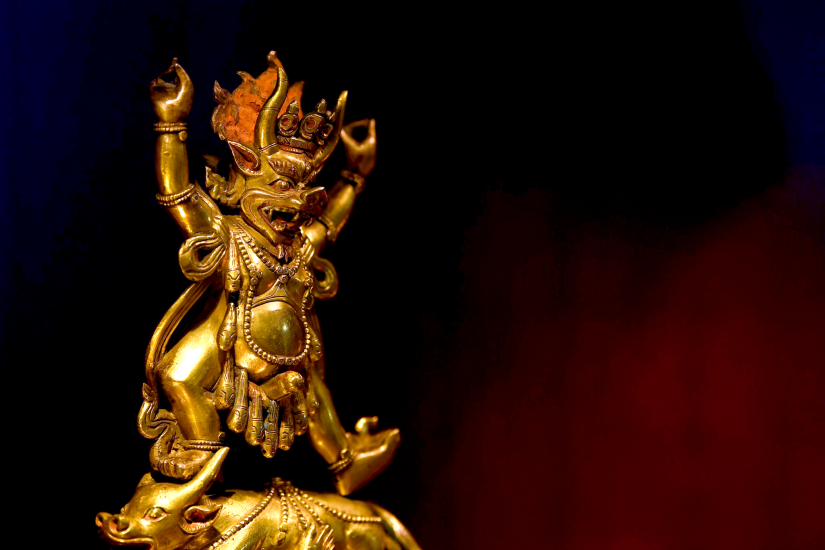
-When was the Zanabazar Museum of Fine Arts established,
and how has its collection grown?
Our Museum will celebrate its 60th anniversary in 2026. In 1995, to commemorate the 360th anniversary of the birth of Zanabazar, the Government of Mongolia issued a decree officially renaming the Museum in his honor. This meaningful tribute ensured that the legacy of this brilliant and visionary artist would be preserved and celebrated for generations to come. When the Museum’s collection was first established, Zanabazar’s sculptures, traditional thangka paintings, and folk art pieces were officially transferred into the collection as part of a state policy. In addition to private donations, the Museum has also acquired artworks through collaborations with both international and local collectors during exhibitions.
We are introducing three highlight exhibits from the
Zanabazar Museum of Fine Arts.
“White Tara”
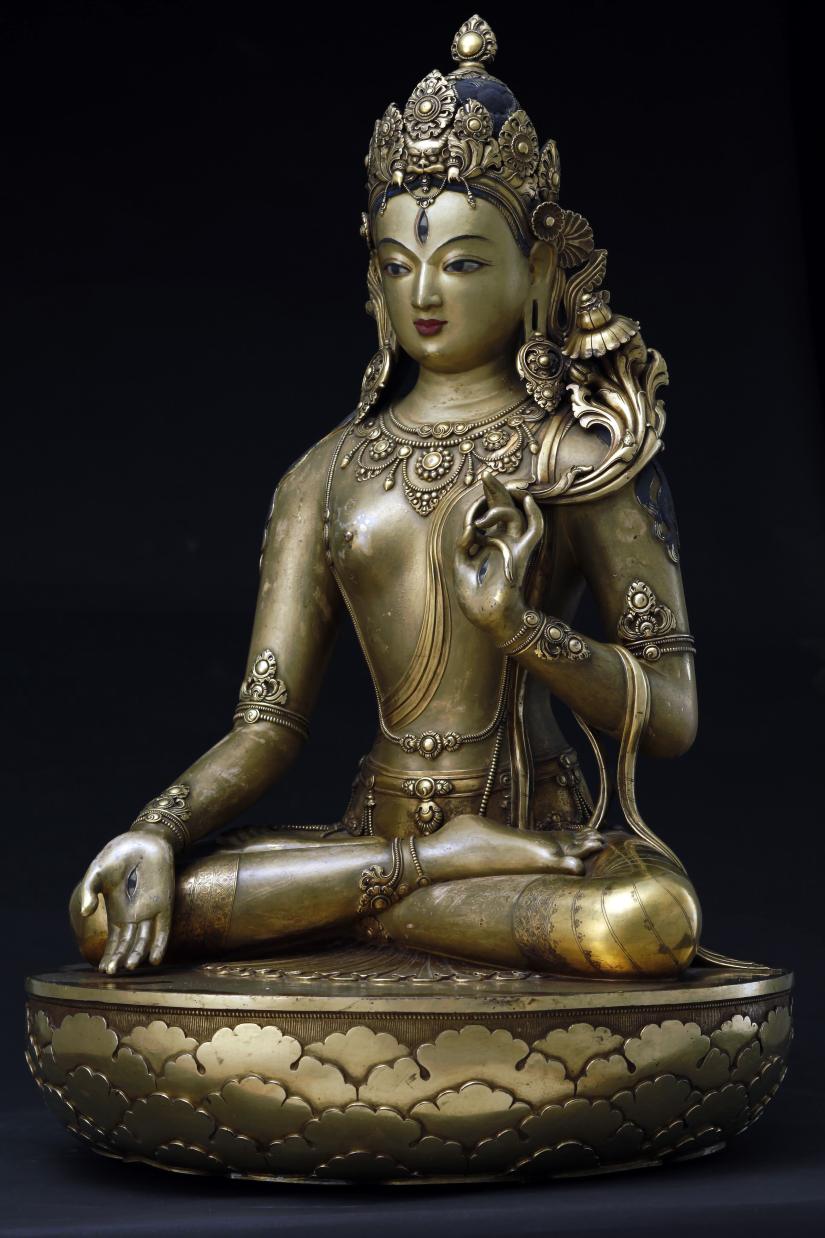
Artist: Undur Gegeen Zanabazar
Dimensions: 69x45x45 cm
Weight: 53.83 kg
Material: Gilded cast bronze
Zanabazar’s “White Tara” is more than a religious
icon - it is a pinnacle of Mongol artistry and a treasured asset of Mongolia's
intellectual and cultural heritage. The “White Tara” a harmonious embodiment of
artistic perfection, philosophy, and aesthetics.
“White Tara” is portrayed as a serene 16-year-old
girl with a crystal-clear body. She holds a white lotus in her left hand and
displays a protective mudra with her right, symbolizing her compassionate vow
to liberate all beings from the forces of untimely death and free them from
suffering. With three eyes on her face, two on her palms, and two on her soles,
she is known as the “Seven-Eyed White Tara.” These seven eyes represent her
boundless compassion across the three times - past, present, and future -
through which she bestows blessings and loving-kindness upon all sentient
beings.
-
This masterpiece holds a distinguished place in the
history of Mongol religion, art, and philosophy, with several notable features
of craftsmanship and artistic brilliance.
A living and breathing figure:
- The “White Tara” by
Zanabazar is not a mere sculpture but a traditional meditational deity. The
symbolism of inner peace and salvation is expressed through finely detailed
carving.
- The lifelike gaze and subtle smile evoke deep reverence in devotees. It stands out for its sensitive portrayal of White Tara’s compassionate and peaceful expression.
"Manjughosha,” or “The Gentle Voice”
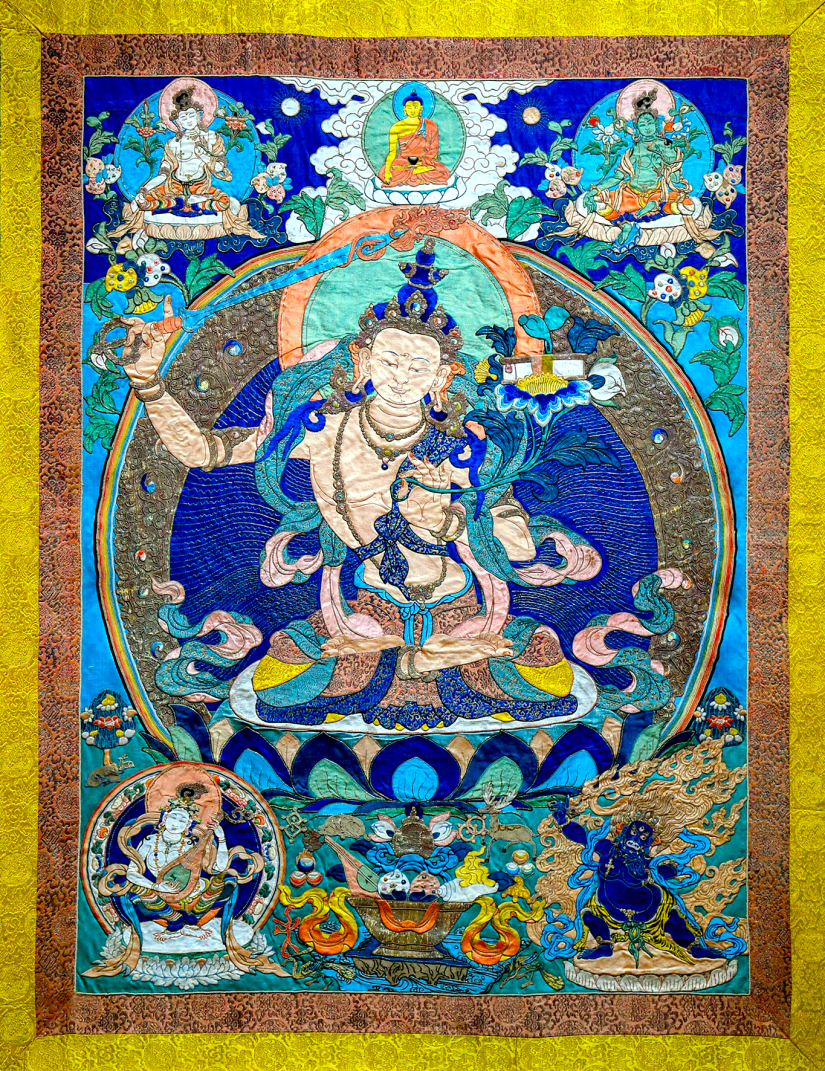
Artist: Khasgombo
Date: 19th century
Size: 100x72 cm
Medium: Silk, brocade, colored threads
Based on a black-and-white sketch
by renowned artist Khasgombo of Zoogoi aimag in Ikh Khuree during the late 19th
century, “Manjughosha,” or “The
Gentle Voice,” is a highly intricate thangka made with finely woven horsehair
threads. Exemplifying the classical tradition of Mongol painting, where the
central figure is depicted on a large scale while surrounding elements are
arranged in balanced composition, the artwork features a grand portrait of the
yellow-hued “Manjughosha” at its center. Directly above her is a depiction of
“Shakyamuni Buddha,” with “Green Tara” and “White Tara” flanking her on either
side. In the lower left corner sits “Yanjinlkham,” the Goddess of Arts, while
the lower right corner features “Vajrapani,” The Holder of Thunderbolt.
Ornaments of a Khalkha Woman
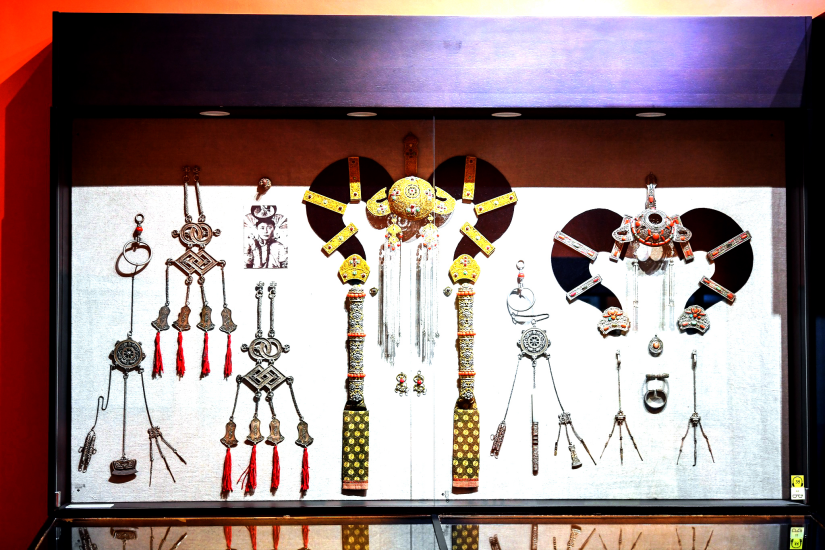
Artist: Unknown
The Khalkha are one of over 20 clans and ethnic
groups in Mongolia, known for their distinctive attire and ornaments that
preserve national traditions. From as early as the 16th century, Mongol women
began styling their hair into a wide arrangement, embellished with intricately
engraved, gleaming white silver ornaments.
Traditional Headdress: During the over-200-year period of Manchu Qing influence, Mongol women traditionally wore hairstyles characterized by large, horn-like structures, which projected their grandeur, pride, and beauty.
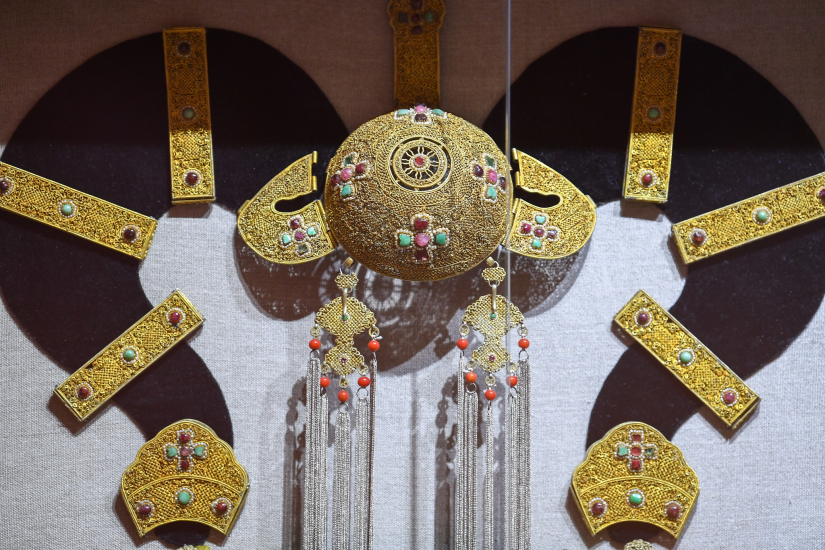
Headwear: The headwear is adorned with coral inlays and decorated with embossed ornamental patterns using silver threads, interwoven with traditional “ulzii” patterns.
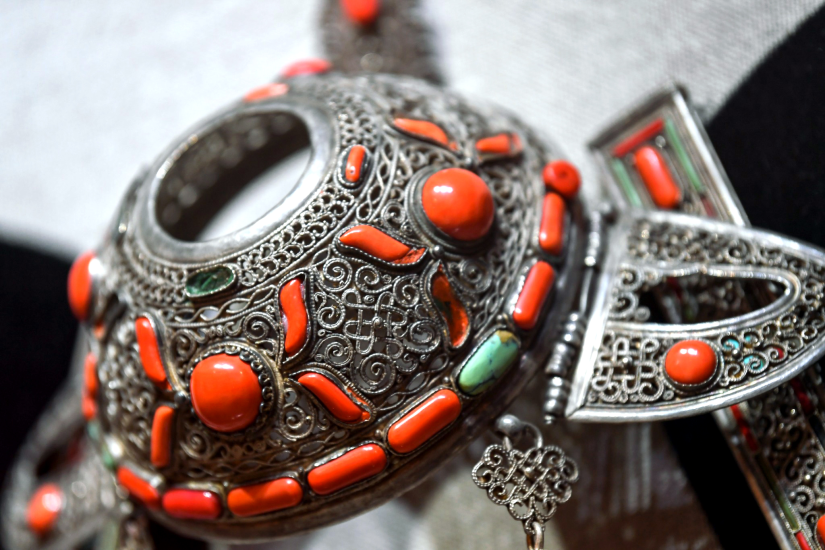
Hair Clips: The hair clips are made in an elongated shape, featuring intertwined designs of “ever” ornament and “ulzii” pattern, intricately chased in silver and inlaid with coral.
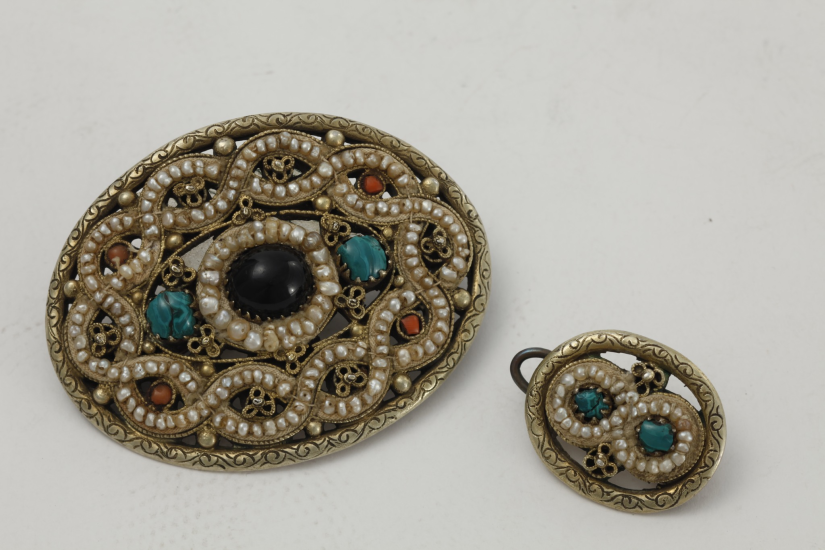
Temple and Ear Pieces: The shanaavch (temple pieces) and shilevch (ear pieces) are crafted using
silver filigree techniques, forming ornaments, “ulzii,” and “Khanan” patterns, and embellished with coral. These
components match the patterns of the headband to maintain harmony in design.
A Khalkha married woman traditionally carried a set of the “Five Essentials,” which included a toothpick, tongue scraper, eyebrow plucker, ear pick, and nail cleaner. These reflect a Mongol woman’s sense of cleanliness, dignity, and the graceful demeanor expected of a queen.
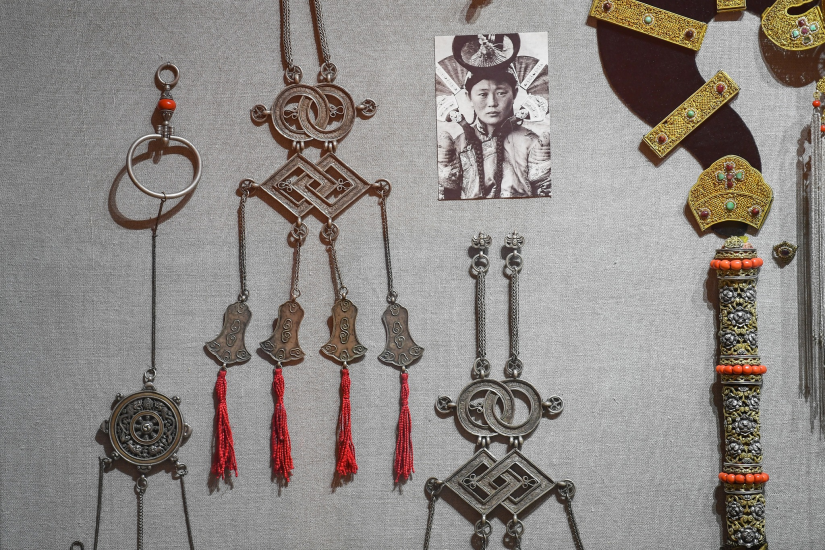

 Улаанбаатар
Улаанбаатар

